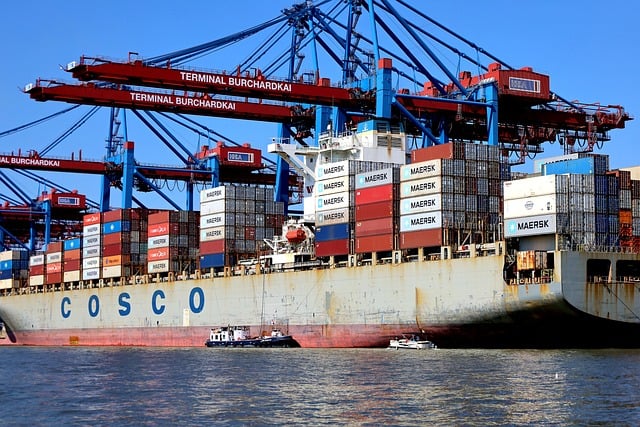-
Global demand for container shipping hit an all-time high for twenty-foot equivalent unit shipped worldwide
-
May 2024’s 15.9-million TEU beat the previous record of 15.7-million TEU set in May 2021
-
The surge in demand is driven by volumes from the Far East, particularly China, which exported 6.2 million TEU in May alone
-
The rising demand, however, is uneven across the world’s ocean supply chains
Global demand for container shipping hit a record for twenty-foot equivalent unit shipped worldwide.
Recent data from Container Trades Statistics stated that May 2024’s 15.9-million TEU were transported by ocean, beating the previous record of 15.7-million TEU set in May 2021.
The surge in demand is driven by trade volumes from the Far East, particularly China, which exported 6.2-million TEU in May alone.
The January to May 2024 figure of 74-million TEU beat the previous record set for the same period in 2021 by 0.15-million TEU, while volume was also up by 5.2-million TEU compared to 2023.
However, the rising demand is uneven across the world’s ocean supply chains.
Importers and exporters need to understand the reason for such an increase in demand, on what trades it is found, and its potential implications, according to Xeneta, a worldwide source of ocean analytics and data, among others.
Growing demand can have a dramatic impact on the market. Volumes on backhaul trades, for instance, can rise significantly without having any large impact because of the presence of spare capacity in the market.
However, changes in demand on the major deep sea fronthaul trades will be quickly felt in the market.
For the first five months of this year, fronthaul volumes were up 10.4% compared to the same period last year, even as backhaul and intra-regional trades rose by 4.4% and 5.5%, respectively.
Average spot rates on major backhaul trades to the Far East continued to soften from their Red Sea crisis peak earlier this year, according to Xeneta.
Spot rates have soared. For instance, rates from the Far East to the US West Coast have increased by nearly 150% since end-April, with similar high hikes for both US coasts.
Fronthaul demand likewise breached the 7-million TEU milestone in August to December 2023, but this came at a time when average spot rates were falling and carriers were struggling to fill their ships. Under normal operating conditions, therefore, the level of demand this year would be manageable.
Ongoing conflicts in the Red Sea and severe port congestion in Asia and Europe have led to longer transit times and rerouting of ships around the Cape of Good Hope.
This shows the importance of understanding where the demand is found, stated Xeneta.
China remains the world leader in exports, accounting for 29% of volumes in May. Roughly one-fourth of Chinese exports were sent to Europe and the US East Coast, which are most affected by longer sailing distances around Africa.
Just how much the Red Sea conflict has amplified the rise in demand is seen in the TEU-miles increasing by 17.9% worldwide this year to-date, compared to the same period last year.
The high global demand has given carriers the chance to pick and choose which containers to load to ships, thus seeing shippers finding themselves paying higher rates and surcharges to guarantee space for their cargo.
Carriers take advantage of this by redeploying capacity off secondary trades to more lucrative trades, where demand is higher.
Shippers bringing imports such as back-to-school and holiday goods ahead of the traditional peak season is another key factor that has contributed to this year’s record demand.
A flipside can be expected when businesses start drawing down on the stocks they have built up.
On the supply-side, the severe port congestion in Singapore is improving and the continued delivery of new ships will add to available capacity. Decongestion, however, will take more time.
A return to normal will only take place once a large-scale return of ocean container ships to the Suez Canal, but this is not seen to happen in the near term.
READ: Spot rates rise anew as container shipping market faces continuing challenges









